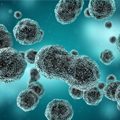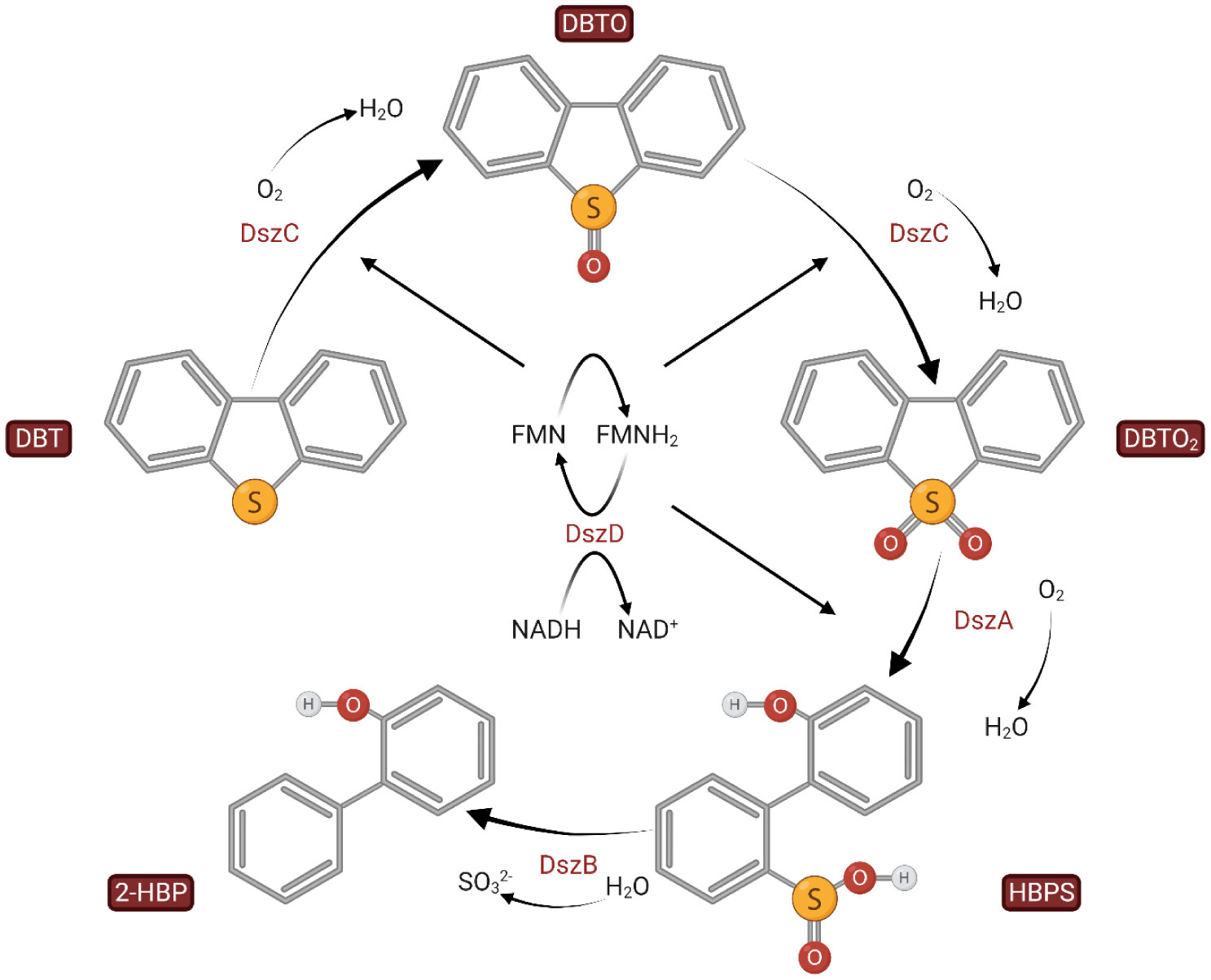1.
Introduction
In this paper, we propose shifted-Legendre orthogonal function method for high-dimensional heat conduction equation [1]:
Where u(t,x,y,z) is the temperature field, ϕ(x,y,z) is a known function, k is the thermal diffusion efficiency, and a,b,c are constants that determine the size of the space.
Heat conduction system is a very common and important system in engineering problems, such as the heat transfer process of objects, the cooling system of electronic components and so on [1,2,3,4]. Generally, heat conduction is a complicated process, so we can't get the analytical solution of heat conduction equation. Therefore, many scholars proposed various numerical algorithms for heat conduction equation [5,6,7,8]. Reproducing kernel method is also an effective numerical algorithm for solving boundary value problems including heat conduction equation [9,10,11,12,13,14]. Galerkin schemes and Green's function are also used to construct numerical algorithms for solving one-dimensional and two-dimensional heat conduction equations [15,16,17,18,19]. Alternating direction implicit (ADI) method can be very effective in solving high-dimensional heat conduction equations [20,21]. In addition, the novel local knot method and localized space time method are also used to solve convection-diffusion problems [22,23,24,25]. These methods play an important reference role in constructing new algorithms in this paper.
Legendre orthogonal function system is an important function sequence in the field of numerical analysis. Because its general term is polynomial, Legendre orthogonal function system has many advantages in the calculation process. Scholars use Legendre orthogonal function system to construct numerical algorithm of differential equations [26,27,28].
Based on the orthogonality of Legendre polynomials, we delicately construct a numerical algorithm that can be extended to high-dimensional heat conduction equation. The proposed algorithm has α-Order convergence, and our algorithm can achieve higher accuracy compared with other algorithms.
The content of the paper is arranged like this: The properties of shifted Legendre polynomials, homogenization and spatial correlation are introduced in Section 2. In Section 3, we theoretically deduce the numerical algorithm methods of high-dimensional heat conduction equations. The convergence of the algorithm is proved in Section 4. Finally, three numerical examples and a brief summary are given at the end of this paper.
2.
Preliminaries
In this section, the concept of shifted-Legendre polynomials and the space to solve Eq (1.1) are introduced. These knowledge will pave the way for describing the algorithm in this paper.
2.1. Shifted-Legendre polynomial
The traditional Legendre polynomial is the orthogonal function system on [−1,1]. Since the variables t,x,y,z to be analyzed for Eq (1.1) defined in different intervals, it is necessary to transform the Legendre polynomial on [c1,c2], c1,c2∈R, and the shifted-Legendre polynomials after translation transformation and expansion transformation by Eq (2.1).
Obviously, {pi(x)}∞i=0 is a system of orthogonal functions on L2[c1,c2], and
Let Li(x)=√2i+1c2−c1pi(x). Based on the knowledge of ref. [29], we begin to discuss the algorithm in this paper.
Lemma 2.1. [29] {Li(x)}∞i=0 is a orthonormal basis in L2[c1,c2].
2.2. Homogenization of boundary value conditions
Considering that the problem studied in this paper has a nonhomogeneous boundary value condition, the problem (1.1) can be homogenized by making a transformation as follows.
Here, homogenization is necessary because we can easily construct functional spaces that meet the homogenization boundary value conditions. This makes us only need to pay attention to the operator equation itself in the next research, without considering the interference caused by boundary value conditions.
In this paper, in order to avoid the disadvantages of too many symbols, the homogeneous heat conduction system is still represented by u, the thermal diffusion efficiency k=1, and the homogeneous system of heat conduction equation is simplified as follows:
2.3. Introduction of the space
The solution space of Eq (2.2) is a high-dimensional space, which can be generated by some one-dimensional spaces. Therefore, this section first defines the following one-dimensional space.
Remember AC represents the space of absolutely continuous functions.
Definition 2.1. W1[0,1]={u(t)|u∈AC,u(0)=0,u′∈L2[0,1]}, and
Let c1=0,c2=1, so {Ti(t)}∞i=0 is the orthonormal basis in L2[0,1], where Ti(t)=Li(t), note Tn(t)=n∑i=0citi. And {JTn(t)}∞n=0 is the orthonormal basis of W1[0,1], where
Definition 2.2. W2[0,a]={u(x)|u′∈AC,u(0)=u(a)=0,u″∈L2[0,a]}, and
Similarly, {Pn(x)}∞n=0 is the orthonormal basis in L2[0,a], and denote Pn(x)=n∑j=0djxj, where dj∈R.
Let
obviously, {JPn(x)}∞n=0 is the orthonormal basis of W2[0,a].
3.
Numerical method and analysis
We start with solving one-dimensional heat conduction equation, and then extend the algorithm to high-dimensional heat conduction equations.
3.1. The scheme of one-dimensional model
Let D=[0,1]×[0,a], CC represents the space of completely continuous functions, and Nn represents a set of natural numbers not exceeding n.
Definition 3.1. W(D)={u(t,x)|∂u∂x∈CC,(t,x)∈D,u(0,x)=0,u(t,0)=u(t,a)=0,∂3u∂t∂x2∈L2(D)}, and
Theorem 3.1. W(D) is an inner product space.
Proof. ∀u(t,x)∈W(D), if ⟨u,u⟩W(D)=0, means
and it implies
Combined with the conditions of W(D), we can get u=0.
Obviously, W(D) satisfies other conditions of inner product space.
Theorem 3.2. ∀u∈W(D),v1(t)v2(x)∈W(D), then
Corollary 3.1. ∀u1(t)u2(x)∈W(D),v1(t)v2(x)∈W(D), then
Let
Theorem 3.3. {ρij(t,x)}∞i,j=0is an orthonormal basis inW(D).
Proof. ∀ρij(t,x),ρlm(t,x)∈W(D),i,j,l,m∈N,
So
In addition, ∀u∈W(D), if ⟨u,ρij⟩W(D)=0, means
Note that {JPj(x)}∞j=0 is the complete system of W2, so ⟨u(t,x),JTi(t)⟩W1=0.
Similarly, we can get u(t,x)=0.
Let L:W(D)→L2(D),
So, Eq (3.1) can be simplified as
Definition 3.2. ∀ε>0, if u∈W(D) and
then u is called the ε−best approximate solution for Lu=f.
Theorem 3.4. Any ε>0, there is N∈N, when n>N, then
is the ε−best approximate solution for Lu=f, where η∗ij satisfies
Proof. According to the Theorem 3.3, if u satisfies Eq (3.2), then u(t,x)=∞∑i=0∞∑j=0ηijρij(t,x), where ηij is the Fourier coefficient of u.
Note that L is a bounded operator [30], hence, any ε>0, there is N∈N, when n>N, then
So,
For obtain un(t,x), we need to find the coefficients η∗ij by solving Eq (3.5).
In addition,
So,
and the equations ∂J∂ηij=0,i,j∈Nn can be simplified to
where
Theorem 3.5. Aη=B has a unique solution.
Proof. It can be proved that A is nonsingular. Let η satisfy Aη=0, that is,
So, we can get the following equations:
By adding the above (n+1)2 equations, we can get
So,
Note that L is reversible. Therefore, ηij=0,i,j∈Nn.
According to Theorem 3.5, un(t,x) can be obtained by substituting η=A−1B into un=n∑i=0n∑j=0ηijρij(t,x).
3.2. Two-dimensional heat conduction equation
Similar to definition 2.2, we can give the definition of linear space W3[0,b] as follows:
Similarly, let {Qn(y)}∞n=0 is the orthonormal basis in L2[0,b], and denote Qn(y)=n∑k=0qkyk.
Let
it is easy to prove that {JQn(y)}∞n=0 is the orthonormal basis of W3[0,b].
Let Ω=[0,1]×[0,a]×[0,b]. Now we define a three-dimensional space.
Definition 3.3 W(Ω)={u(t,x,y)|∂2u∂x∂y∈CC,(t,x,y)∈Ω,u(0,x,y)=0, u(t,0,y)=u(t,a,y)=0,u(t,x,0)=u(t,x,b)=0,∂5u∂t∂x2∂y2∈L2(Ω)}, and
Similarly, we give the following theorem without proof.
Theorem 3.6. {ρijk(t,x,y)}∞i,j,k=0is an orthonormal basis ofW(Ω), where
Therefore, we can get un as
according to the theory in Section 3.1, we can find all ηijk,i,j,k∈Nn.
3.3. Three-dimensional heat conduction equation
By Lemma 2.1, note that the orthonormal basis of L2[0,c] is {Rn(z)}∞n=0, and denote Rn(z)=n∑m=0rmzm, where rm is the coefficient of polynomial Rn(z).
We can further obtain the orthonormal basis JRn(z)=n∑m=0rmzm+2−cm+1z(m+1)(m+2) of W4[0,c], where
and
Let G=[0,1]×[0,a]×[0,b]×[0,c]. Now we define a four-dimensional space.
Definition 3.4. W(G)={u(t,x,y,z)|∂3u∂x∂y∂z∈CC,(t,x,y,z)∈G,u(0,x,y,z)=0,u(t,0,y,z)=u(t,a,y,z)=0, u(t,x,0,z)=u(t,x,b,z)=0,u(t,x,y,0)=u(t,x,y,c)=0,∂7u∂t∂x2∂y2∂z2∈L2(G)}, and
where dG = dtdxdydz.
Similarly, we give the following theorem without proof.
Theorem 3.7. {ρijk(t,x,y,z)}∞i,j,k,m=0is an orthonormal basis ofW(G), where
Therefore, we can get un as
according to the theory in Section 3.1, we can find all ηijkm,i,j,k,m∈Nn.
4.
Convergence analysis
Suppose u(t,x)=∞∑i=0∞∑j=0ηijρij(t,x) is the exact solution of Eq (3.5). Let PN1,N2u(t,x)=N1∑i=0N2∑j=0ηijTi(t)Pj(x) is the projection of u in L(D).
Theorem 4.1. Suppose ∂r+lu(t,x)∂tr∂xl∈L2(D), and N1>r,N2>l, then, the error estimate of PN1,N2u(t,x) is
where C is a constant, N=min{N1,N2},α=min{r,l}.
Proof. According to the lemma in ref. [29], it follows that
where uN1=Pt,N1u represents the projection of u on variable t in L2[0,1], and ||⋅||L2t[0,1] represents the norm of (⋅) with respect to variable t in L2[0,1].
By integrating both sides of the above formula with respect to x, we can get
Moreover,
According to the knowledge in Section 3,
where cij=⟨⟨u,Ti⟩L2t[0,1],Pj⟩L2x[0,a].
Therefore,
Similarly,
In conclusion,
Theorem 4.2. Suppose ∂r+lu(t,x)∂tr∂xl∈L2(D), un(t,x) is the ε−best approximate solution of Eq (3.2), and n>max{r,l}, then,
where C is a constant, α=min{r,l}.
Proof. According to Theorem 3.4 and Theorem 4.1, the following formula holds.
So, the ε−approximate solution has α convergence order, and the convergence rate is related to n, where represents the number of bases, and the convergence order can calculate as follows.
Where ni,i=1,2 represents the number of orthonormal base elements.
5.
Numerical examples
Here, three examples are compared with other algorithms. N represents the number of orthonormal base elements. For example, N=10×10, which means that we use the orthonormal system {ρij}10i,j=0 of W(D) for approximate calculation, that is, we take the orthonormal system {JTi(t)}10i=0 and {JPj(x)}10j=0 to construct the ε−best approximate solution.
Example 5.1. Consider the following one-demensional heat conduction system [7,20]
The exact solution of Ex. 5.1 is e−tsinx.
In Table 1, C.R. is calculated according to Eq (4.2). The errors in Tables 1 and 2 show that the proposed algorithm is very effective. In Figures 1 and 2, the blue surface represents the surface of the real solution, and the yellow surface represents the surface of un. With the increase of N, the errors between the two surfaces will be smaller.
Example 5.2. Consider the following two-demensional heat conduction system [20,21]
The exact solution of Ex. 5.2 is u=e−2π2tsin(πx)sin(πy).
Example 5.2 is a two-dimensional heat conduction equation. Table 3 shows the errors comparison with other algorithms. Table 4 lists the errors variation law in the x−axis direction. Figures 3 and 4 show the convergence effect of the scheme more vividly.
Example 5.3. Consider the three-demensional problem as following:
The exact solution of Ex. 5.3 is u=e−π2tsin(πxa)sin(πyb)sin(πzc).
Example 5.3 is a three-dimensional heat conduction equation, this kind of heat conduction system is also the most common case in the industrial field. Table 5 lists the approximation degree between the ε−best approximate solution and the real solution when the boundary time t=1.
6.
Conclusions
The Shifted-Legendre orthonormal scheme is applied to high-dimensional heat conduction equations. The algorithm proposed in this paper has some advantages. On the one hand, the algorithm is evolved from the algorithm for solving one-dimensional heat conduction equation, which is easy to be understood and expanded. On the other hand, the standard orthogonal basis proposed in this paper is a polynomial structure, which has the characteristics of convergence order.
Acknowledgements
This work has been supported by three research projects (2019KTSCX217, 2020WQNCX097, ZH22017003200026PWC).
Conflict of interest
The authors declare no conflict of interest.









 DownLoad:
DownLoad:















